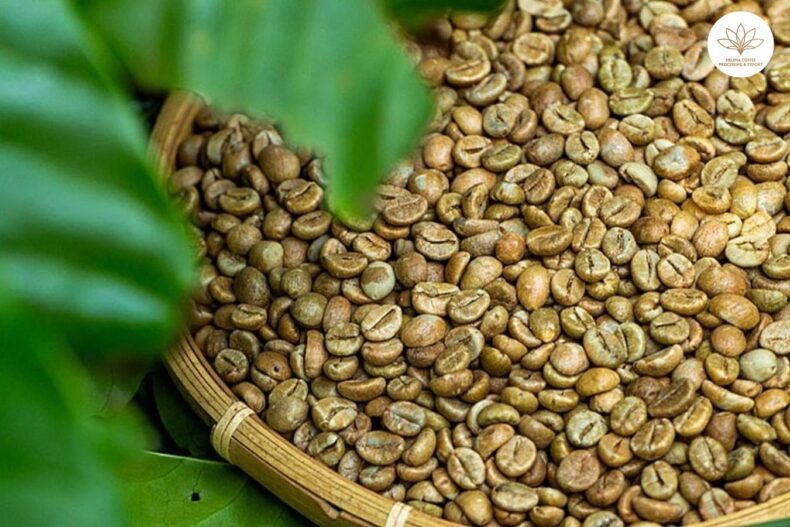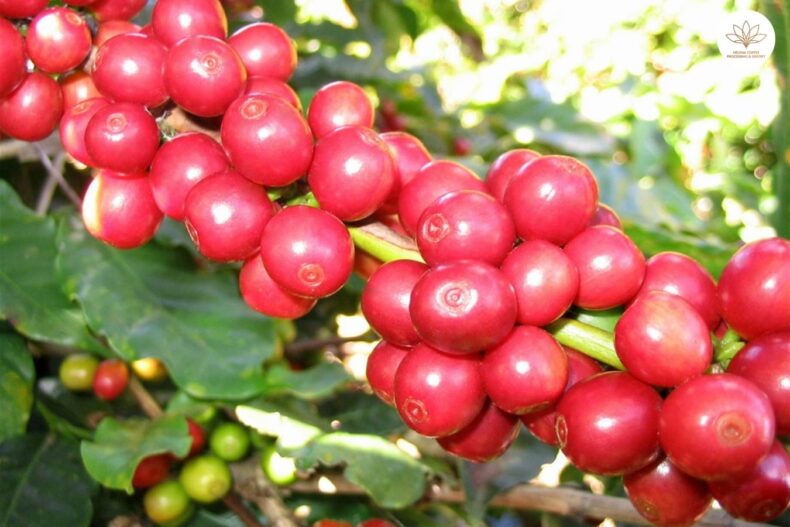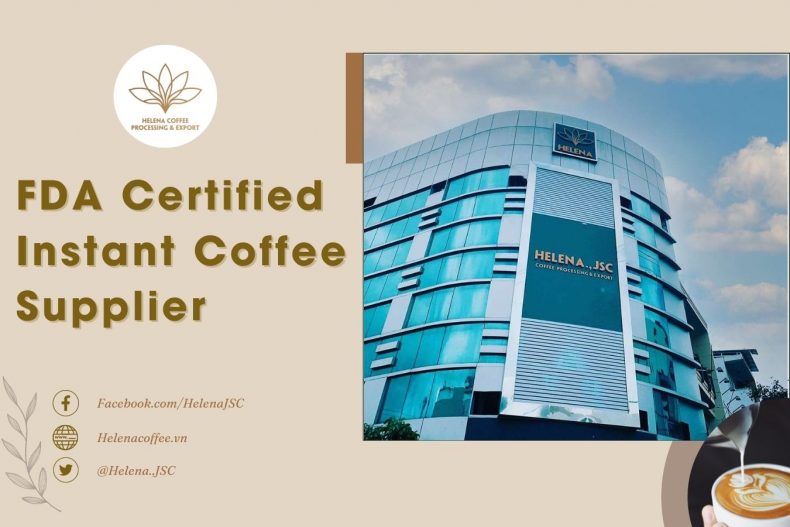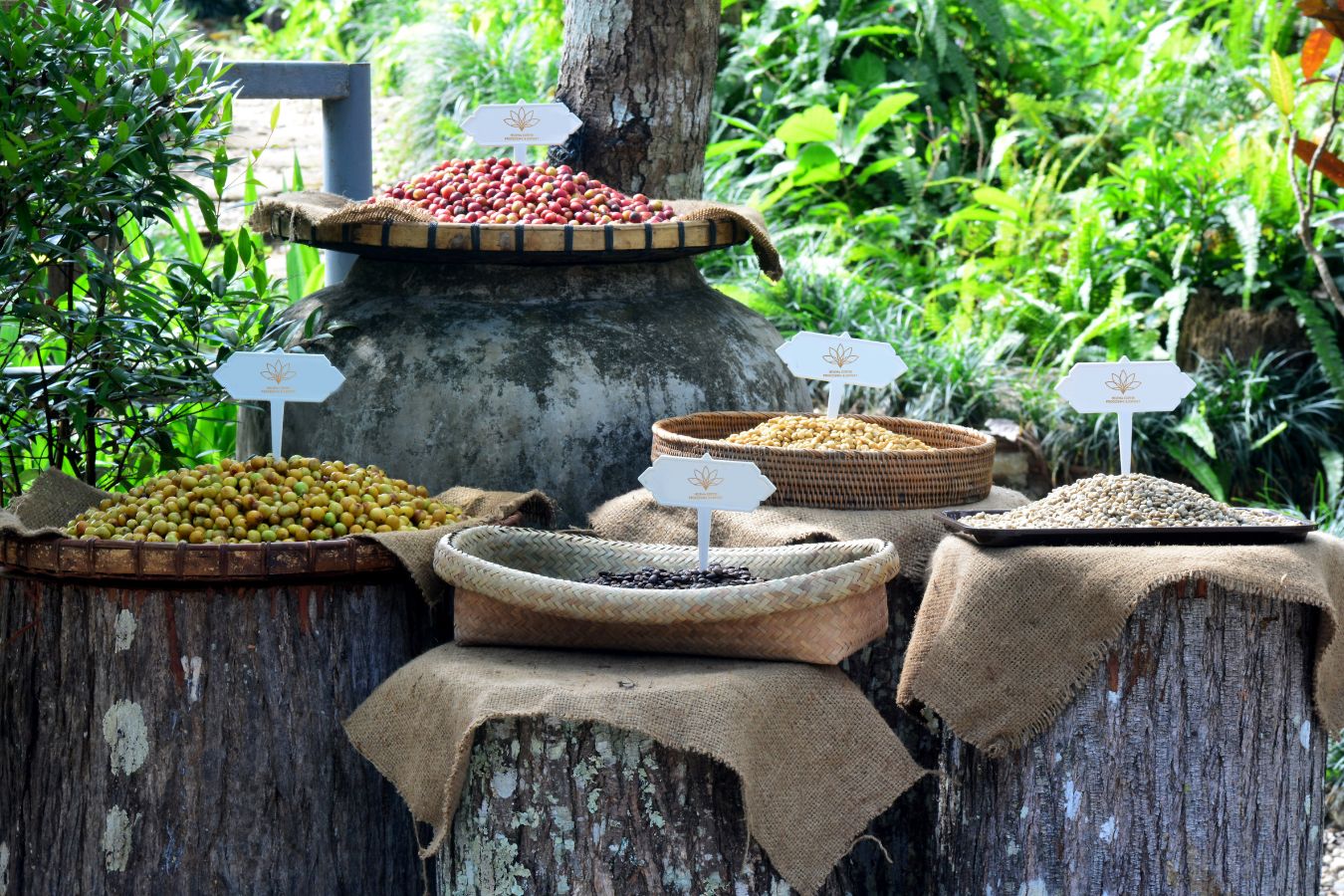
Wet-processed Arabica Roasted Coffee Beans Supplier – Wet-processed Arabica roasted coffee bean suppliers can be found all over the world, but selecting a reliable and appropriate provider requires careful consideration of a number of distinct variables.
In the article that follows, we’ll learn more about the wet processing procedure and the supplier of wet-processed Arabica roasted coffee beans.
What happens during wet processing?
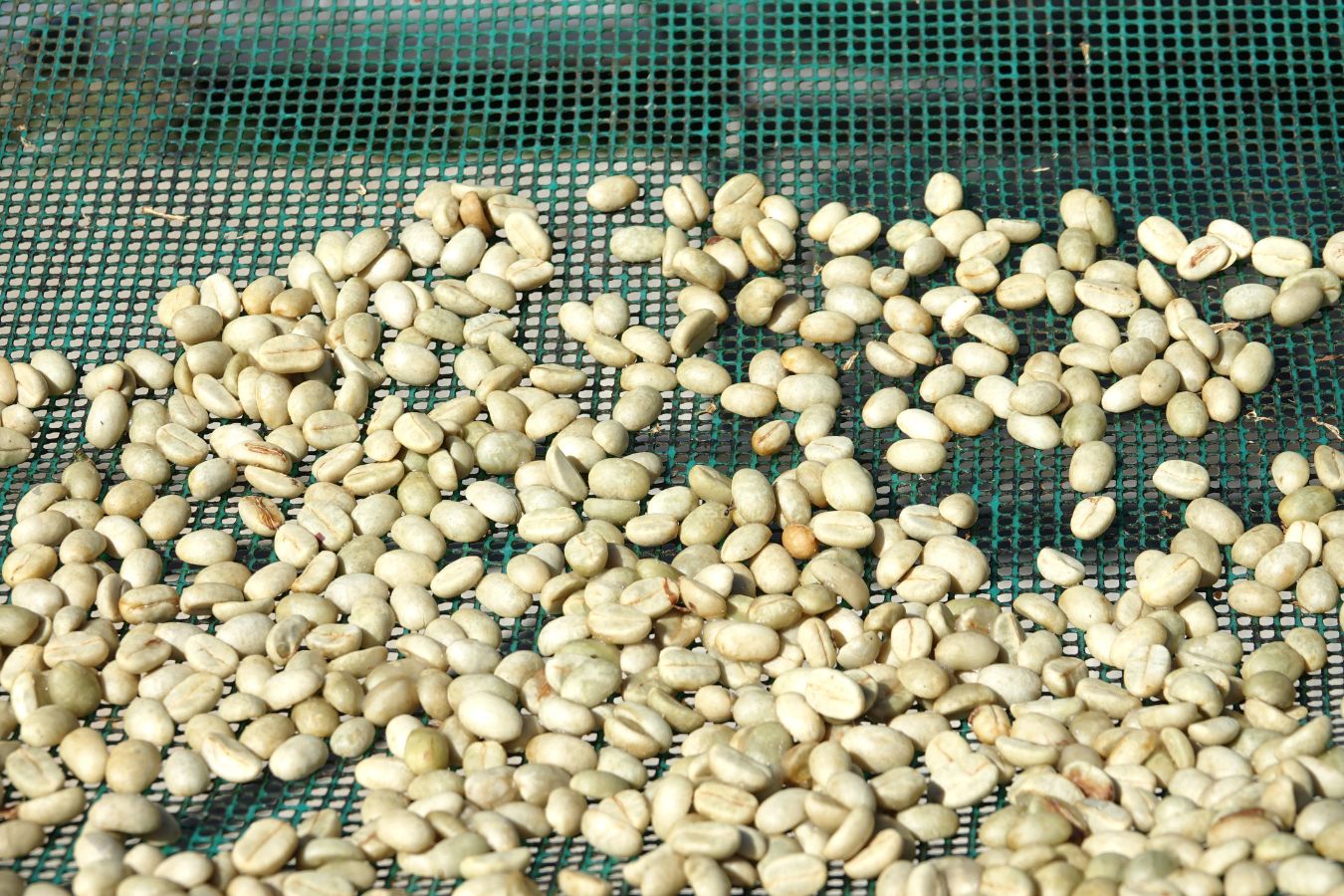
Wet processing of coffee is typically used with Arabica and is slightly more difficult than dry processing. This method stands out because the flesh in between the beans and the coffee pods is eliminated before the coffee is dried.
Wet processing consumes a lot of water and specialized equipment, so there needs to be a procedure to ensure environmental concerns.
If done correctly, this procedure will guarantee the coffee beans’ inherent quality, resulting in goods with consistent color and quality while minimizing undue harm. The coffee will have a higher quality and greater market value when treated in this way.
There are 5 basic steps in the wet processing process
Step 1: Remove impurities: A small number of dry, immature, or thoroughly mixed coffee berries may remain after the harvesting procedure, lowering the quality of the coffee batch.
After harvesting, the ripe coffee cherries must undergo quick preparatory processing, including sorting and cleaning. By putting the coffee in a bucket with running water for rinsing, you can remove the contaminants.
After that, the coffee is screened by a vibrating device that divides the beans into ripe and unripe cherries as well as large and tiny cherries.
Step 2: Next, the machinery rubs, peels, and separates the coffee beans’ flesh and mucus. To prevent detrimental impacts on the quality of the coffee beans, the coffee berries must be quickly rubbed after sorting.
During this stage, the coffee is washed and the skin, flesh, mucous, and beans are primarily separated. The crucial distinction between dry and wet processing is this.
Step 3: The fermentation of coffee beans is what it is. Because the coffee fruit’s flesh and mucus, which had been mechanically separated, were still present, continue the chemical washing.
The dried coffee beans are then matured in sizable vats and allowed to ferment for a while using both natural and artificial enzymes.
Depending on the mucus layer’s thickness, temperature, and enzyme concentration, the removal procedure can take anywhere from 24 to 36 hours.
The mucilage surrounding the coffee beans loses its viscosity after this fermentation, making it easier for water to wash away.
Step 4: The stage of coffee drying. The coffee beans are then transferred to the drying stage after having been cleaned with clean water and having a moisture level of between 57% and 60%.
It won’t be finished drying until the coffee’s moisture content reaches 12.5%. Coffee beans can be dried electrically or in a sizable concrete yard. Typically, sun exposure lasts 8 to 10 days, depending on the humidity and temperature of the surrounding area.
Coffee that has been dryer-dried dries more quickly, but it requires careful management to be satisfying and cost-effective without compromising the coffee’s quality.
Step 5: Storage: The parchment coffee will be ground into green coffee after drying and stored in the warehouse either before packing for export or before roasting during the roasting step.
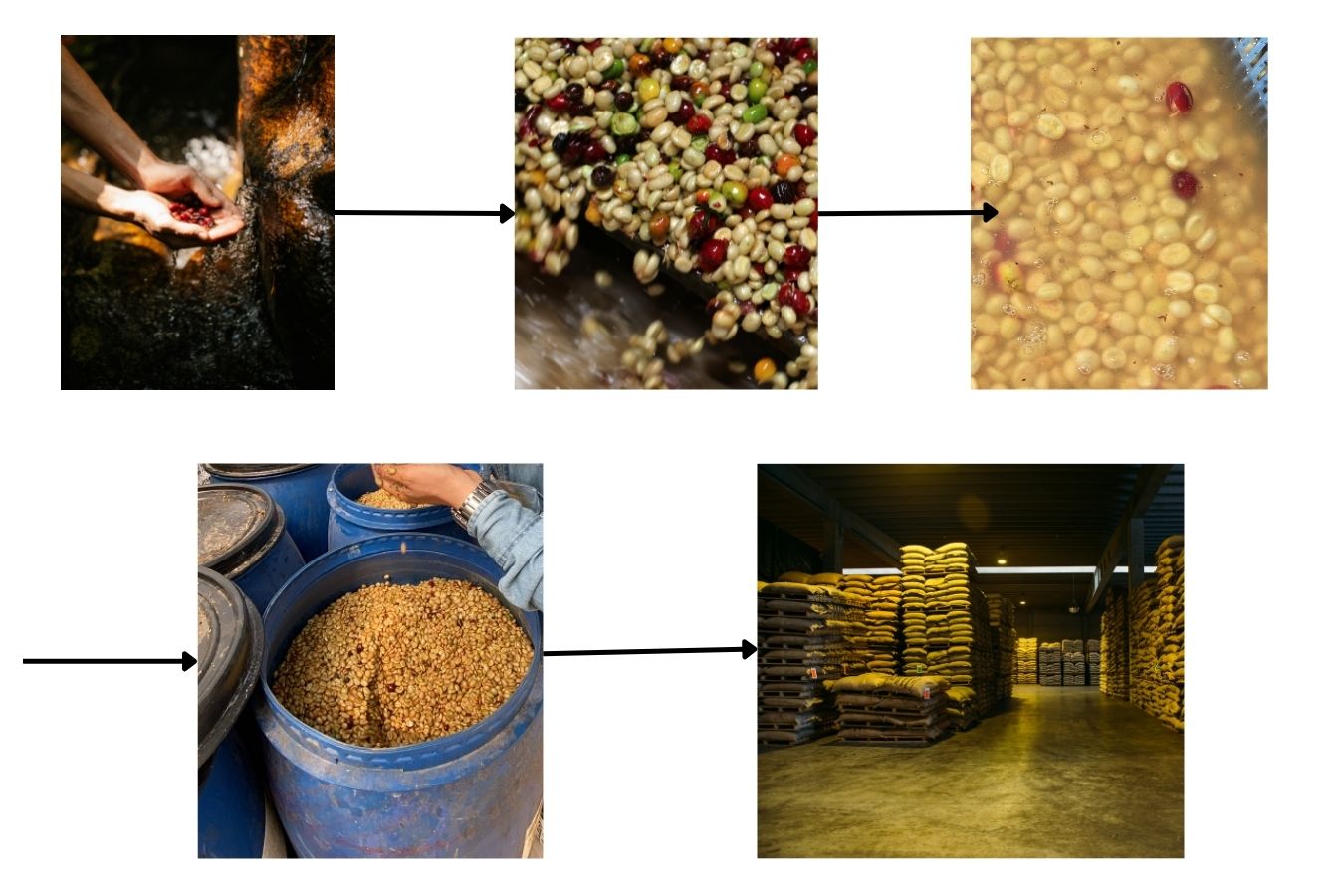
Wet-Processed Arabica Roasted Coffee from Helena
Wet processed Arabica is enticing to consume due to its powerful aroma, ethereal and delicate acidic flavor, and light sweet aftertaste.
Arabica coffee offers health advantages in addition to its distinctive flavor, and since it has less caffeine than other types of coffee, it is ideal for older adults and those with cardiovascular disease.
Additionally, it is beneficial for women, does not promote insomnia, and slows the aging process.
The manner in which the coffee kernels are roasted is crucial for producing drinkers’ favorite cup of joe. Whatever the type of coffee, there are numerous different roasting techniques, including pan frying, machine roasting, microwave roasting, etc.
To construct it, you must change the time and the appropriate temperature when it is required notice. roasted coffee of high quality.
We use a high-capacity roaster for Helena because it delivers the correct roasts and maintains the quality of the coffee. Steps are included:
- Pick out huge, uniformly colored kernels that are large.
- Coffee roasting
- To preserve the scent longer, quickly cool the coffee with the machine.
A batch of Helena coffee is typically roasted at a temperature of 180 – 250 degrees for 12 – 20 minutes. The coffee beans will undergo changes in both color and scent throughout this period, so we stop at a medium roast to maintain the ideal aroma.
Arabica Roasted Beans Wet Processed
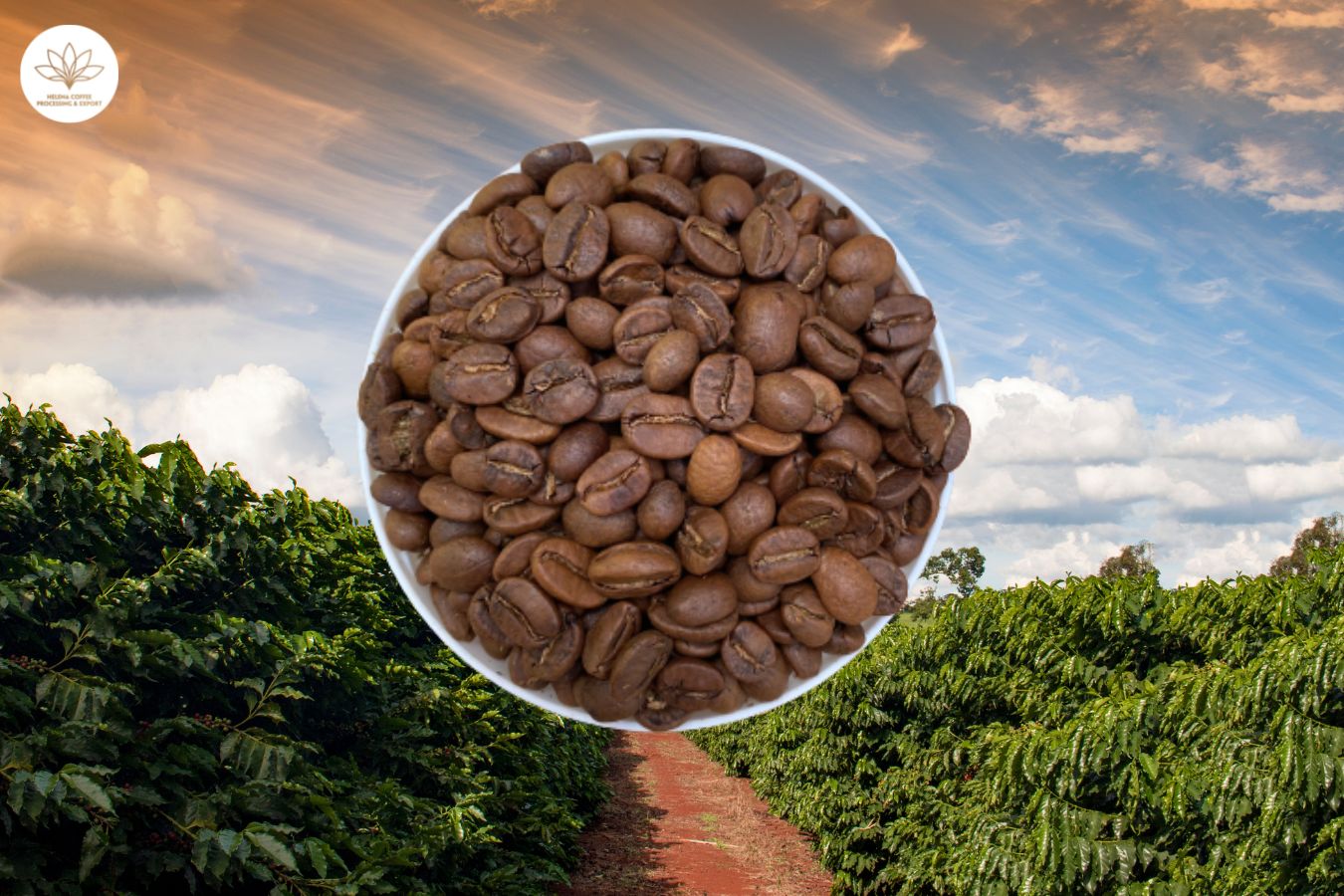
- Sieve: S16, S18
- Packing: 1000g and 500g
- Storage: Store in a cool, dry place, away from direct sunlight. Always close the bag tightly after use and do not use the product when there is a strange smell.
- Expiry date: 12 months from the date of manufacture (see more on the packaging).
- Taste: Fragrant, delicately sour.
Commitment from supplier Helena
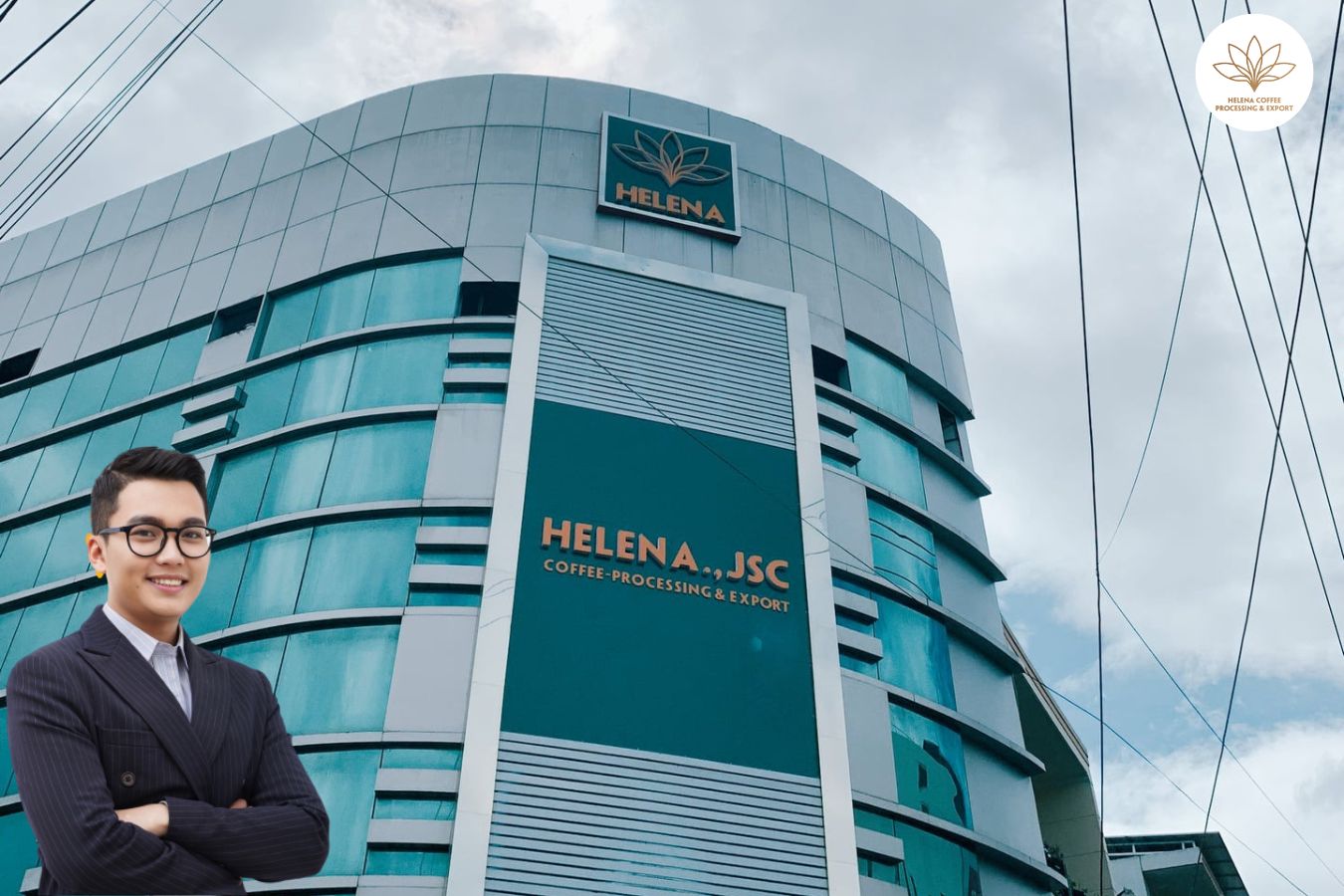
Each product is crystallized from the sun and wind of the Central Highlands mountains and forests at an altitude of 1650 meters.
– From seed selection through roasting, we strive to always make a distinction by paying close attention to every detail. To produce the best-completed products for the market, we cultivate and care for coffee plants following stringent guidelines.
– A dedication to 100% rustic roast and unadulterated coffee.
– Arabica coffee goods are complete beans that have not been chemically treated or impregnated.
– The most billion coffee beans are carefully chosen.
I hope Helena can work with partners sustainably in the present and the future. I sincerely appreciate it!
